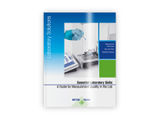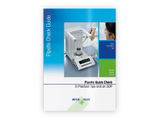To use all functions of this page, please activate cookies in your browser.
my.bionity.com
With an accout for my.bionity.com you can always see everything at a glance – and you can configure your own website and individual newsletter.
- My watch list
- My saved searches
- My saved topics
- My newsletter
Haverhill fever
In rat-bite fever transmitted by the gram-negative rod Streptobacillus moniliformis, symptoms begin to appear two to ten days after a rat bite injury. The illness resembles a severe influenza, with a moderate fever (101-104° F), chills, joint pain, and a diffuse red rash, located mostly on the hands and feet. The causative organism can be isolated by blood culture, and penicillin is the most common treatment. Treatment is usually quite successful, although the body can clear the infection by itself in most cases. Complications are rare, but can include endocarditis and meningitis. Additional recommended knowledgeThis form of rat-bite fever is known by the alternate names Haverhill Fever and epidemic arthritic erythema. Despite its name, it can present without being bitten by a rat.[1]. References
|
||||||||
| This article is licensed under the GNU Free Documentation License. It uses material from the Wikipedia article "Haverhill_fever". A list of authors is available in Wikipedia. |
- BioMerieux Opens a Subsidiary in the Middle East, Continuing its International Growth
- Abbott and Enanta Present Positive 12-Week Results and 3-Day Resistance Data From Phase 2 Study of ABT-450/r for Treatment of Hepatitis C
- Analytica 2022: Fighting COVID-19 with combined expertise - New tools in virus research and detection
- Obulytix is developing a revolutionary solution for antibiotic resistance - Spin-off has built a platform that creates new ways to tackle bacterial infections
- Sarcospan, a little protein for a big problem







